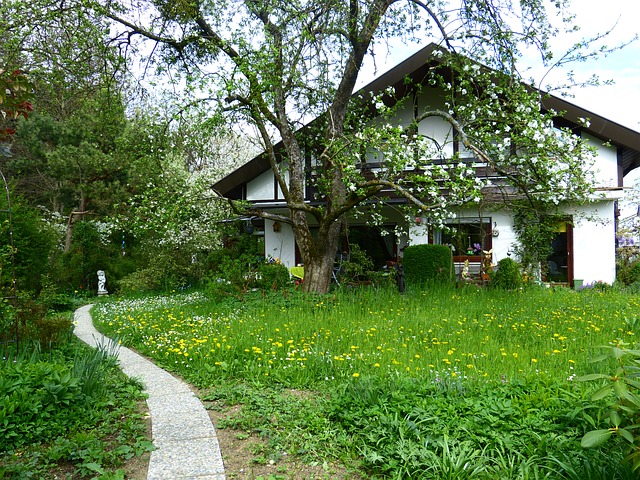Introduction
Proving that a tenant is smoking in an apartment can be a challenging task, especially if there is no explicit smoking policy in the lease agreement. However, there are several methods and strategies that landlords can employ to gather evidence and establish whether smoking is taking place on the premises. In this article, we will explore some of these methods and provide guidance on how to prove that a tenant is smoking in an apartment.
1. Conduct Regular Inspections
Regular inspections of the rental property can be an effective way to detect smoking activities. During these inspections, landlords should be observant for any signs of smoking, such as the smell of smoke, cigarette butts, or ashtrays. It is important to document any evidence found and take photographs as proof. However, it is essential to comply with local laws and regulations regarding inspections and tenant privacy.
2. Install Smoke Detectors and Security Cameras
Installing smoke detectors in the apartment can help detect smoke particles in the air. If the smoke detectors consistently detect smoke, it can be an indication that the tenant is smoking inside the unit. Additionally, installing security cameras in common areas, such as hallways or entrances, can capture footage of tenants smoking or carrying smoking-related items into the apartment.
3. Communicate with Neighbors
Engaging in conversations with neighbors can provide valuable information about the tenant’s smoking habits. Neighbors may have noticed the smell of smoke coming from the apartment or witnessed the tenant smoking near the building. It is important to approach these conversations tactfully and respect the privacy of both the tenant and the neighbors.
4. Seek Testimony from Witnesses
If neighbors or other individuals have witnessed the tenant smoking in the apartment, their testimonies can serve as strong evidence. Landlords can ask witnesses to provide written statements detailing their observations. These statements should include specific dates, times, and locations of the smoking incidents. It is crucial to ensure the credibility of the witnesses and verify their statements whenever possible.
5. Document Complaints
If other tenants or individuals have filed complaints about the smell of smoke or other smoking-related issues, it is important to document these complaints. Keep a record of the complaints, including the date, time, and details of each complaint. This documentation can be used as evidence to support the claim that the tenant is smoking in the apartment.
6. Engage Professional Help
In some cases, landlords may need to seek professional assistance to prove that a tenant is smoking in the apartment. This can include hiring a professional smoke detector testing service or a certified indoor air quality specialist. These professionals can conduct tests to detect the presence of smoke particles or other smoking-related substances in the air or on surfaces.
Conclusion
Proving that a tenant is smoking in an apartment can be a challenging task, but with careful observation, documentation, and the support of witnesses or professionals, landlords can gather the necessary evidence. Regular inspections, the installation of smoke detectors and security cameras, communication with neighbors, seeking testimony from witnesses, documenting complaints, and engaging professional help are all effective strategies to establish whether smoking is taking place in a rental property.
References
– National Apartment Association: www.naahq.org
– LegalMatch: www.legalmatch.com
– NOLO: www.nolo.com












